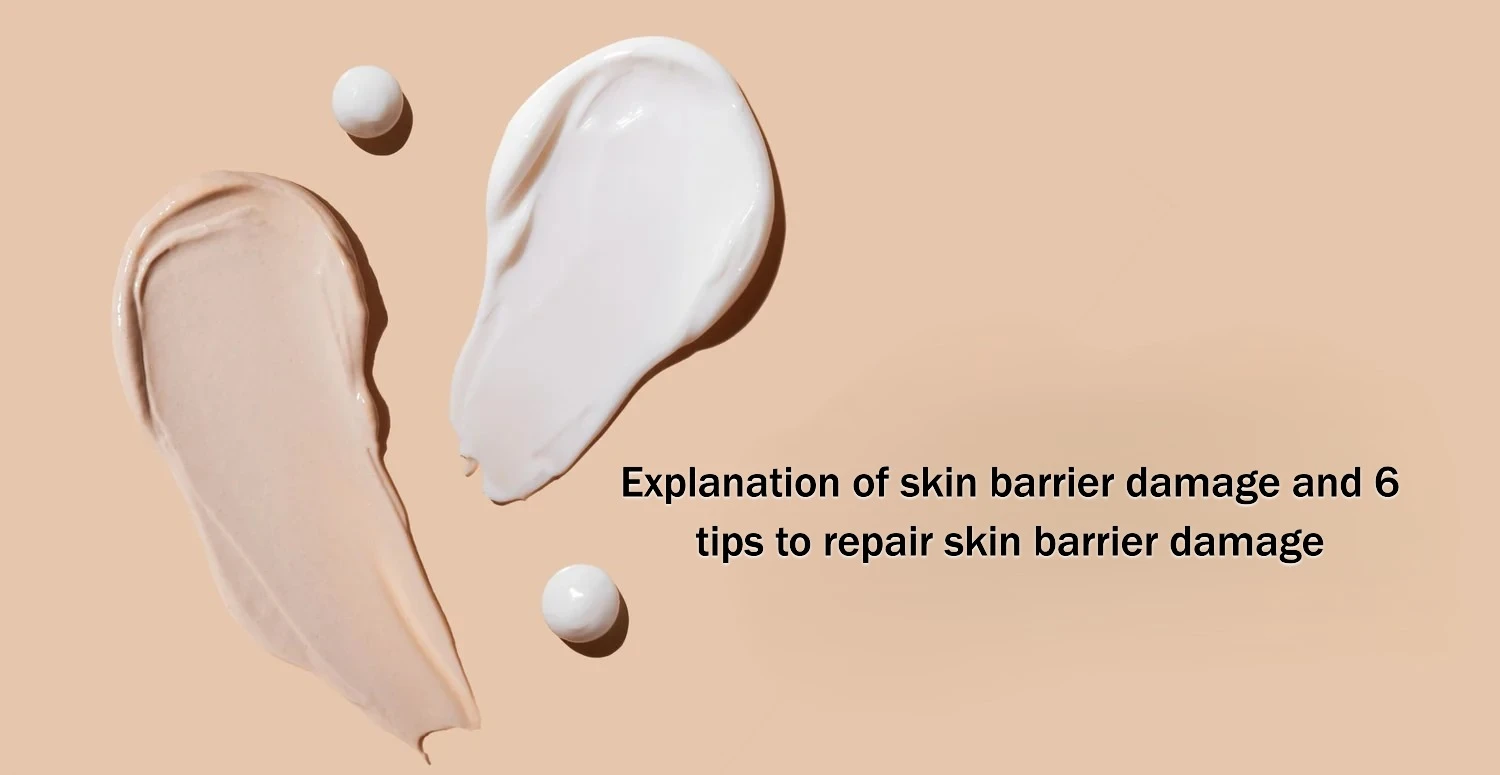What is skin barrier damage and how can i repair it?
What Is Skin Barrier Damage and How Can I Repair It?
Your skin barrier is your body’s first line of defense—a protective outermost layer of skin (also known as the stratum corneum) that keeps moisture in and harmful elements like pollutants, bacteria, and irritants out. It’s made up of skin cells held together by lipids, including ceramides, cholesterol, and fatty acids. When your skin barrier is healthy, your skin looks smooth, hydrated, and calm. But when it’s damaged, it can lead to a host of issues like dryness, sensitivity, redness, flakiness, breakouts, and even burning or itching sensations.
What Causes Skin Barrier Damage?
Skin barrier damage can happen for a variety of reasons—many of which are related to everyday skincare habits. Common culprits include:
-
Over-exfoliation: Using scrubs or chemical exfoliants (like AHAs and BHAs) too frequently can strip away the protective layer.
-
Harsh cleansers: Foaming or alcohol-based cleansers can dry out and irritate the skin.
-
Overuse of active ingredients: Applying too much retinol, vitamin C, or acids without balance can overwhelm the skin.
-
Environmental factors: Exposure to sun, wind, pollution, and dry air can dehydrate and stress your skin.
-
Hot water: Long, hot showers or washing your face with very warm water can break down natural oils.
-
Underlying skin conditions: Eczema, psoriasis, and rosacea can naturally weaken the skin barrier.
Signs Your Skin Barrier Is Damaged
-
Persistent dryness or tightness
-
Increased sensitivity or stinging when applying products
-
Redness and inflammation
-
Flaky or rough patches
-
Sudden breakouts or irritation
-
Skin that no longer "tolerates" products it once loved
How to Repair a Damaged Skin Barrier
The good news is that skin is resilient—and with the right care, you can restore your barrier to health. Here’s how:
1. Simplify Your Routine
Stop using harsh actives and exfoliants temporarily. Stick to a basic routine: gentle cleanser, hydrating serum or toner, moisturizer, and sunscreen. Less is more when your skin needs to heal.
2. Use Barrier-Repairing Ingredients
Look for moisturizers and serums that include:
-
Ceramides: Help restore the skin's natural lipids.
-
Hyaluronic acid: Hydrates and plumps the skin.
-
Niacinamide: Calms inflammation and supports barrier function.
-
Fatty acids and cholesterol: Strengthen and rebuild the lipid barrier.
-
Panthenol and allantoin: Soothe and reduce irritation.
3. Moisturize Generously
A good moisturizer seals in hydration and protects your skin. Use one immediately after cleansing and again if your skin feels dry or tight during the day.
4. Avoid Harsh Products
Skip anything with alcohol, fragrance, sulfates, or strong exfoliants until your skin feels balanced again.
5. Protect Your Skin
Daily sunscreen use is crucial. UV damage worsens a compromised barrier, so apply a broad-spectrum SPF 30 or higher every day—even indoors.
6. Be Patient
Barrier repair isn’t instant. It can take days to weeks depending on the severity of the damage. During this time, stay consistent with a gentle, nourishing routine.
In conclusion, a healthy skin barrier is key to maintaining radiant, resilient skin. By recognizing the signs of damage and taking steps to restore balance, you can help your skin function at its best and prevent future issues.

Related Blog
What Causes Oily Skin and Can It Be Managed Naturally? Exploring Root Causes and Gentle Solutions
Aug 2, 2025 by Admin
General
What Are the Signs That You Have Sensitive Skin? Key Symptoms to Help You Identify This Delicate Skin Type
Aug 1, 2025 by Admin
General